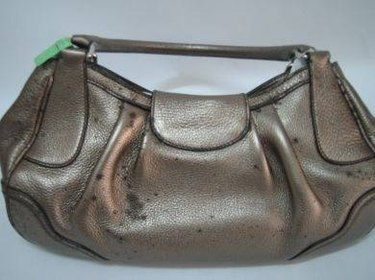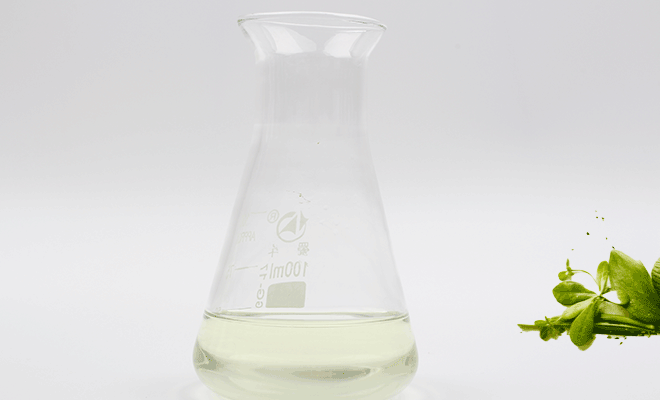1. Analysis of the reasons for product mildew resistance:
Through practical analysis of leather production, storage and finished products. The main causes of leather mildew resistance are:
Leather is a natural polymer compound composed of collagen and fat. During the processing of leather, animal and vegetable oils, inorganic salts and minerals are added to leather products. These nutrients provide a breeding ground for mold growth and reproduction; The pickling, tanning, re-kneading and painting operations during the leather processing process make the leather pH less than 7 acidic, which is the optimal pH for the growth of mold.
Then there is the temperature and humidity of the environment. When the temperature of the environment is 25~35°C, the relative humidity of the environment far exceeds 61%, which provides a basis for the germination of mold spores. The surface of suede is rough and has a larger surface area, making it easier to absorb moisture, dust and mold spores in the air, increasing the risk of mold.
Based on the above nutritional factors and environmental factors, when there are a large number of mold spores in the environment, the mold will grow and reproduce rapidly, causing the formation of mildew spots on the leather and even reducing the physical and mechanical properties of the leather.

2. Products required for product mildew prevention:
(1) Anti-suede foam cleanser: A foam cleanser compounded of anionic, non-cationic and cationic surfactants. It has high surface activity, high foam, low concentration, anti-re-deposition and other effects. It has been tested for decontamination The rate exceeds 90%, and it has the characteristics of strong detergency, strong penetration, short drying time, high safety, no corrosion to suede and easy to use.
(2) Mold Cleaner CM2900: The main component of this product is a cleaning agent targeting mold. By spraying and repeatedly wiping the existing mold plaque, the mold metabolites are completely dissolved, leaving the product surface as clean as new.
(3) High-efficiency antifungal and antibacterial spray AEM5700-F+: This product uses cationic sterilization technology and special mechanical sterilization, which will not cause microbial resistance. By spraying on the surface of the product, it kills mold and mold spores on the surface of the product and effectively binds to the surface of the product to form a long-term and effective protective layer on the surface of the product.
3. Specific processing methods:
Mildew mildew (mildew area <10%) anti-suede leather mildew removal plan:
(1) Use suede foam cleaner to thoroughly clean suede and let it dry naturally.
(2) Spray the entire surface of the product with high-efficiency anti-mildew spray, especially the moldy areas, and wait until it dries.
Moderately moldy (moldy area <30%) anti-suede leather mold removal plan:
(1) Use suede foam cleaner to thoroughly clean suede and let it dry naturally; if there are mold stains that cannot be cleaned, you can use mold cleaner to spray on the stains and wipe with a soft brush until it is completely Just clean it up.
(2) Spray the entire surface of the product with high-efficiency anti-mildew spray, especially the moldy areas, and wait until it dries.
Mildew removal plan for anti-suede leather that is severely moldy (mouldy area >30%):
(1) If there is no damage to the leather surface, you can follow the treatment process for moderately moldy suede leather.
(2) If you encounter mold that has damaged the surface of the leather or the mold spots cannot be removed, please contact Janis immediately and a professional technician will guide you.
Click on the image below to view corresponding products

The above plan is based on the actual mildew condition of the leather. Following this plan will completely solve your company's mold problem. It can completely protect your company's products as clean as new and free from mold. Solve your company's worries about shipment and future.

















